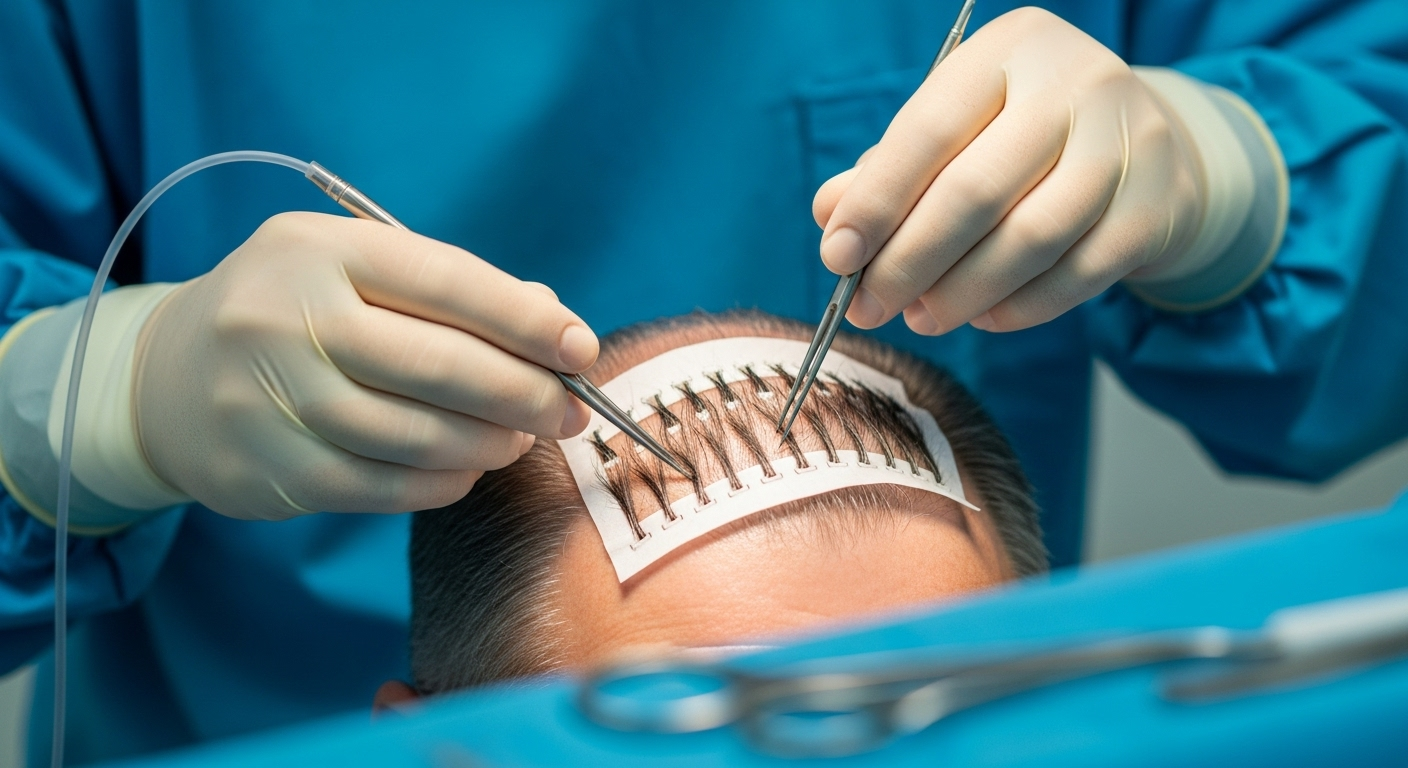India’s Hair Transplants: A New Era of Advanced and Natural Hair Restoration
Hair transplantation in India has evolved dramatically over the past decade, transforming from a niche medical procedure to a mainstream solution for hair loss. With advanced surgical techniques, skilled practitioners, and state-of-the-art facilities, India has positioned itself as a significant destination for both domestic and international patients seeking natural-looking hair restoration. The country's medical infrastructure, combined with innovative approaches tailored to diverse hair types and patterns, has created new possibilities for individuals dealing with androgenetic alopecia, pattern baldness, and other forms of hair loss.

Why Hair Transplants Are Gaining Popularity in India
The surge in hair transplant procedures across India stems from multiple converging factors. Increased awareness about available treatment options has played a crucial role, as social media and digital platforms have made information more accessible to potential patients. Urban lifestyle changes, stress levels, and environmental factors have contributed to earlier onset of hair loss, particularly among younger demographics.
India’s growing middle class has created a larger patient base with disposable income for elective procedures. Additionally, the stigma traditionally associated with cosmetic procedures has diminished significantly, making individuals more comfortable discussing and pursuing hair restoration options. The procedure’s permanent nature and natural-looking results have made it an attractive alternative to temporary solutions like wigs or topical treatments.
Innovative Techniques Tailored for Indian Patients
Indian hair transplant specialists have developed specialized approaches that account for the unique characteristics of Indian hair and scalp conditions. The Follicular Unit Extraction (FUE) technique has been refined to work effectively with coarser, darker hair types common among Indian patients. Direct Hair Implantation (DHI) methods have also been adapted to minimize trauma and improve graft survival rates.
Practitioners have incorporated advanced imaging technology and microscopic precision to ensure optimal graft placement and density. Techniques such as body hair transplantation have been particularly beneficial for patients with limited donor areas on the scalp. The integration of platelet-rich plasma (PRP) therapy alongside transplant procedures has shown promising results in enhancing healing and promoting natural hair growth.
The Future of Hair Transplants in India
The trajectory of hair transplantation in India points toward continued technological advancement and procedural refinement. Robotic-assisted hair transplantation systems are beginning to appear in major metropolitan centers, offering enhanced precision and consistency. Stem cell research and regenerative medicine applications show potential for improving graft survival rates and accelerating recovery times.
Telemedicine integration is expanding access to consultation services, particularly for patients in smaller cities and rural areas. This technological integration allows specialists to evaluate cases remotely and provide preliminary assessments before patients travel for procedures. The development of specialized training programs is also ensuring that more qualified practitioners enter the field, improving overall service quality and availability.
How to Choose the Right Hair Transplant in India
Selecting an appropriate hair transplant provider requires careful evaluation of multiple factors. Board certification and specialized training in hair restoration techniques should be primary considerations when researching potential surgeons. Reviewing before-and-after photographs of previous patients with similar hair loss patterns can provide insight into expected outcomes.
Facility accreditation and adherence to international safety standards are essential factors that shouldn’t be overlooked. Many reputable clinics offer detailed consultations that include scalp analysis, discussion of realistic expectations, and comprehensive treatment planning. Patient testimonials and independent reviews can provide valuable perspectives on the overall experience and satisfaction levels.
Leading Clinics and Surgeons Shaping India’s Hair Transplant Market
India’s hair transplant landscape includes numerous established centers across major cities like Mumbai, Delhi, Bangalore, and Chennai. These facilities have invested in advanced equipment and training programs to maintain competitive standards. Many clinics have developed comprehensive packages that include pre-operative consultation, the surgical procedure, post-operative care, and follow-up assessments.
Several practitioners have gained recognition for their contributions to hair transplant techniques and research. International collaborations and knowledge exchange programs have brought global best practices to Indian clinics. The focus on patient education and transparent communication has become a distinguishing factor among leading providers in the market.
| Clinic/Provider | Location | Procedure Types | Estimated Cost Range (INR) |
|---|---|---|---|
| Various FUE Specialists | Mumbai/Delhi | FUE, DHI | 40,000 - 1,50,000 |
| Established Hair Centers | Bangalore/Chennai | FUE, FUT, PRP | 35,000 - 1,20,000 |
| Premium Clinics | Multiple Cities | Advanced FUE, Robotic | 80,000 - 2,50,000 |
| Mid-tier Providers | Tier-2 Cities | Standard FUE | 25,000 - 80,000 |
Prices, rates, or cost estimates mentioned in this article are based on the latest available information but may change over time. Independent research is advised before making financial decisions.
The evolution of hair transplantation in India reflects broader improvements in the country’s healthcare infrastructure and medical expertise. As techniques continue to advance and accessibility improves, more individuals are finding effective solutions for hair loss concerns. The combination of skilled practitioners, innovative approaches, and competitive pricing has established India as a notable destination for hair restoration procedures, benefiting both domestic patients and medical tourists seeking quality care.
This article is for informational purposes only and should not be considered medical advice. Please consult a qualified healthcare professional for personalized guidance and treatment.




